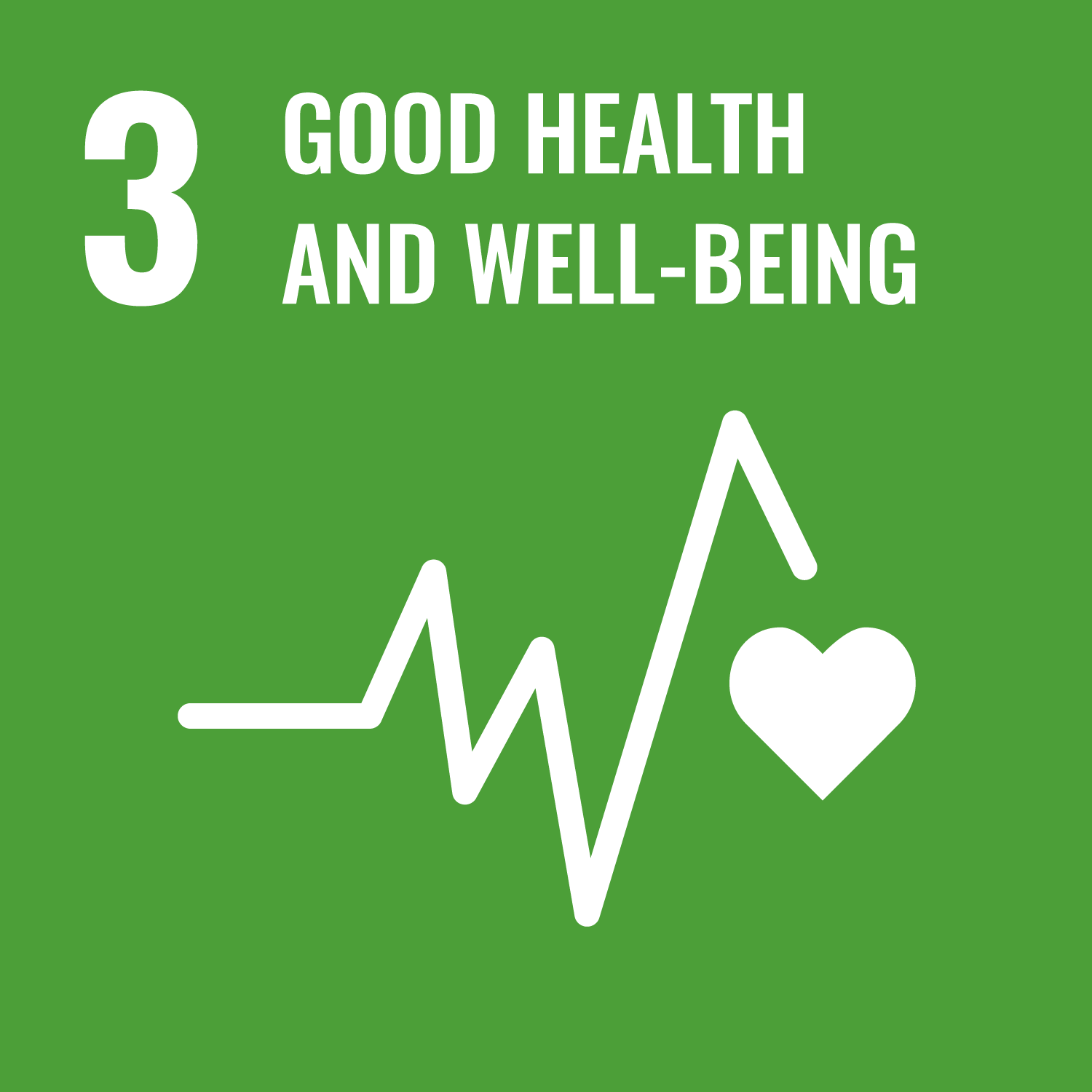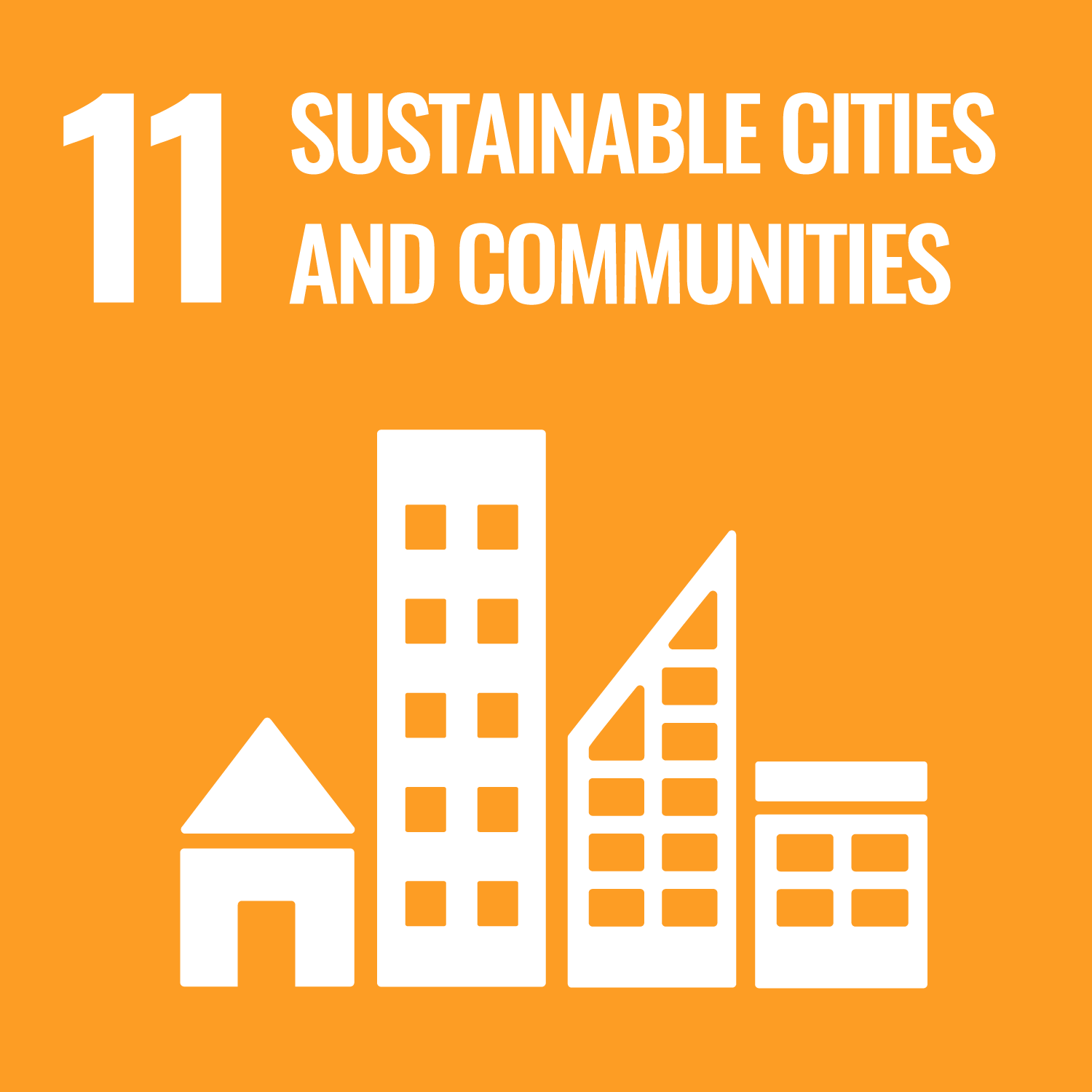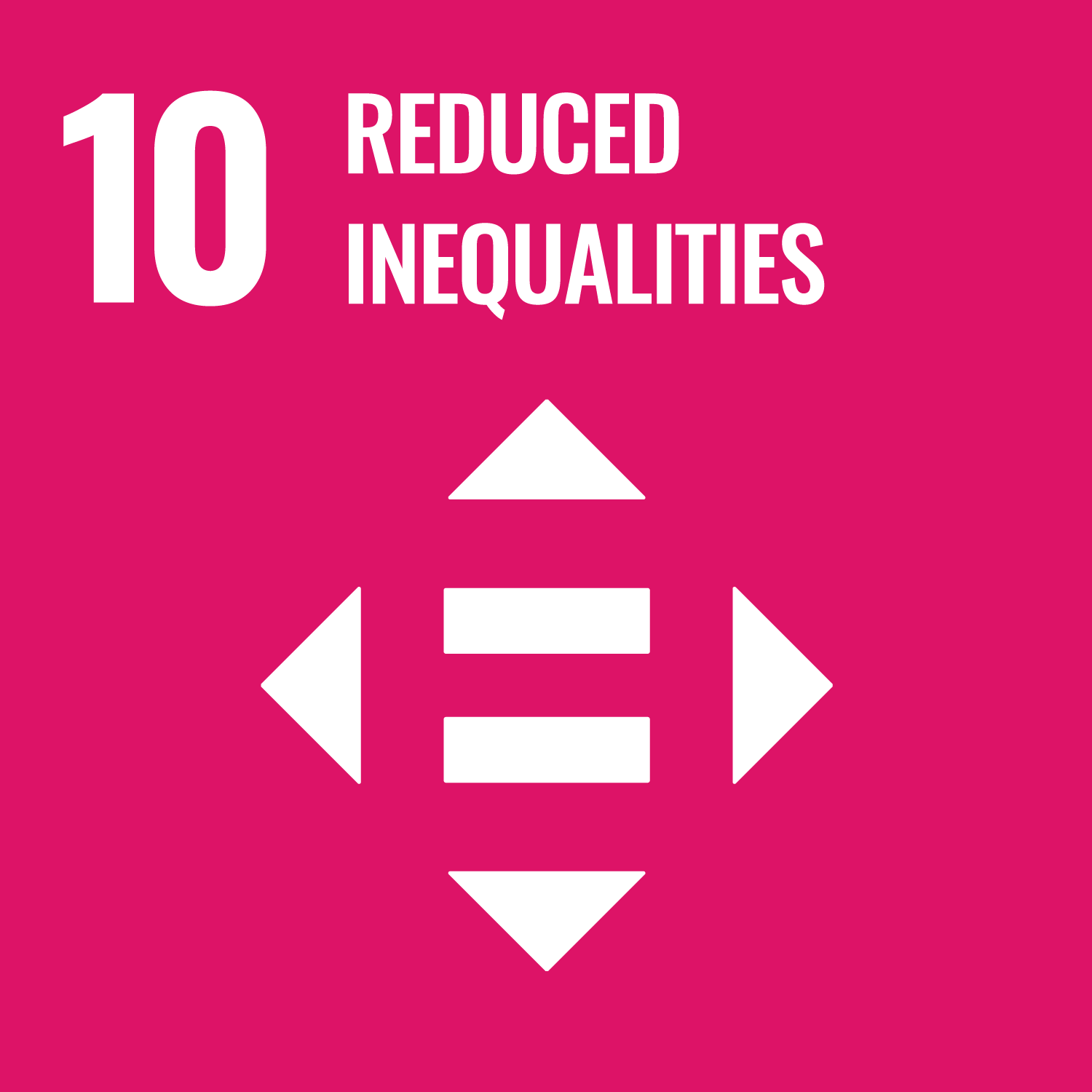ORCID
- Clive E Sabel: 0000-0001-9180-4861
Abstract
IMPORTANCE: Complex biological, socioeconomic, and psychological variables combine to cause mental illnesses, with mounting evidence that early-life experiences are associated with adulthood mental health.
OBJECTIVE: To evaluate whether changing neighborhood income deprivation and residential moves during childhood are associated with the risk of receiving a diagnosis of depression in adulthood.
DESIGN, SETTING, AND PARTICIPANTS: This cohort study included the whole population of 1 096 916 people born in Denmark from January 1, 1982, to December 31, 2003, who resided in the country during their first 15 years of life. Individuals were followed up from 15 years of age until either death, emigration, depression diagnosis, or December 31, 2018. Longitudinal data on residential location was obtained by linking all individuals to the Danish longitudinal population register. Statistical analysis was performed from June 2022 to January 2024.
EXPOSURES: Exposures included a neighborhood income deprivation index at place of residence for each year from birth to 15 years of age and a mean income deprivation index for the entire childhood (aged ≤15 years). Residential moves were considered by defining "stayers" as individuals who lived in the same data zone during their entire childhood and "movers" as those who did not.
MAIN OUTCOMES AND MEASURES: Multilevel survival analysis determined associations between neighborhood-level income deprivation and depression incidence rates after adjustment for individual factors. Results were reported as incidence rate ratios (IRRs) with 95% credible intervals (95% CrIs). The hypotheses were formulated before data collection.
RESULTS: A total of 1 096 916 individuals (563 864 male participants [51.4%]) were followed up from 15 years of age. During follow-up, 35 098 individuals (23 728 female participants [67.6%]) received a diagnosis of depression. People living in deprived areas during childhood had an increased risk of depression (IRR, 1.10 [95% CrI, 1.08-1.12]). After full individual-level adjustment, the risk was attenuated (IRR, 1.02 [95% CrI, 1.01-1.04]), indicating an increase of 2% in depression incidence for each 1-SD increase in income deprivation. Moving during childhood, independent of neighborhood deprivation status, was associated with significantly higher rates of depression in adulthood compared with not moving (IRR, 1.61 [95% CrI, 1.52-1.70] for 2 or more moves after full adjustment).
CONCLUSIONS AND RELEVANCE: This study suggests that, rather than just high or changing neighborhood income deprivation trajectories in childhood being associated with adulthood depression, a settled home environment in childhood may have a protective association against depression. Policies that enable and support settled childhoods should be promoted.
DOI Link
Publication Date
2024-07-17
Publication Title
JAMA Psychiatry
Volume
81
Issue
9
ISSN
2168-622X
Acceptance Date
2024-03-31
Deposit Date
2024-07-24
Additional Links
Keywords
Poverty/statistics & numerical data, Income/statistics & numerical data, Humans, Risk Factors, Residence Characteristics/statistics & numerical data, Child, Preschool, Infant, Male, Neighborhood Characteristics/statistics & numerical data, Incidence, Young Adult, Denmark/epidemiology, Depression/epidemiology, Adolescent, Adult, Female, Child, Longitudinal Studies, Cohort Studies
Creative Commons License

This work is licensed under a Creative Commons Attribution 4.0 International License.
First Page
919
Last Page
927
Recommended Citation
Sabel, C., Pedersen, C., Antonsen, S., Webb, R., & Horsdal, H. (2024) 'Changing Neighborhood Income Deprivation Over Time, Moving in Childhood, and Adult Risk of Depression', JAMA Psychiatry, 81(9), pp. 919-927. Available at: 10.1001/jamapsychiatry.2024.1382




